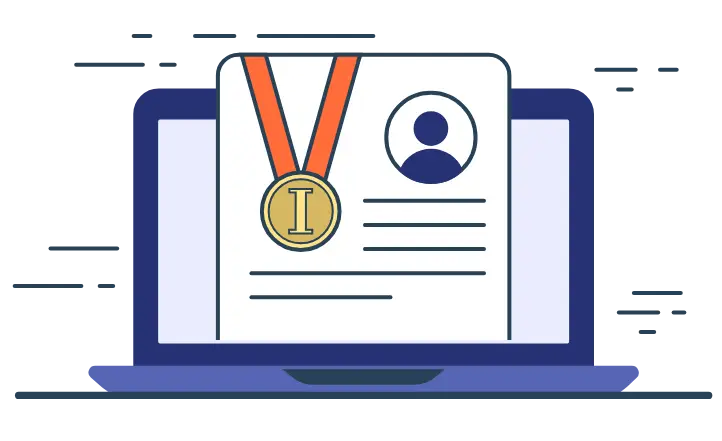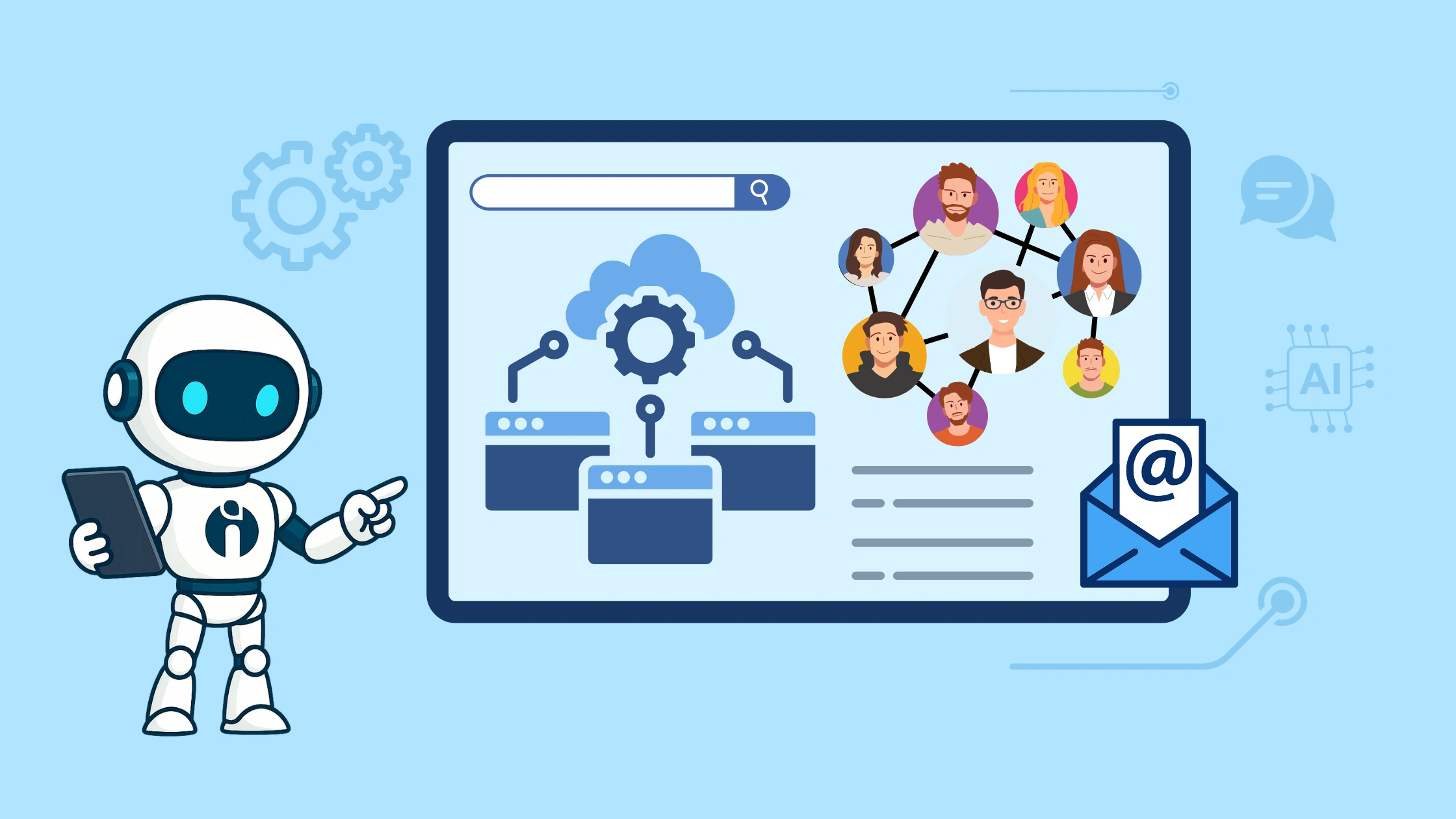TL;DR
- Effective hiring begins with assessing organisational needs and writing clear, honest job descriptions.
- A well-prepared onboarding process helps new employees settle in and feel valued, boosting satisfaction and retention.
- Fostering diversity and inclusion leads to more innovative, high-performing teams and lower turnover rates.
- Employee development plans with SMART goals motivate staff and allow for appropriate progress tracking.
- Recognising and supporting high performers, or 'workplace unicorns', is key to retaining top talent.
- Building the ideal team requires patience, ongoing attention, and adapting approaches to individual employee needs.
Hiring is one of the most difficult and important responsibilities for any human resource manager. Choosing and retaining the right employees is so critical because an organization’s workforce is its single most valuable asset. That’s a lot of pressure for anyone in charge of hiring!
To hire and develop the ideal team, you need to create effective systems and criteria for the hiring and training processes. This isn’t something that happens overnight, but you can start by taking a strategic approach and making changes when necessary.
Steps to be Taken By HR Manager for Effective Hiring
Here are some steps you can take to help ensure you are hiring the right people and training them to become an integral part of the organization.
Hiring For the Long Term
The hiring process begins with assessing the needs of the organization. You may know what positions you need to fill on the team, but what skills and responsibilities are most important for those roles?
At a minimum, you’ll need this information to write the description for each job. But it’s a good idea to take this process a step further. What will the long-term responsibilities for the role be? Will they evolve over time, and which qualities are the most important in hiring for this position?
It’s impossible to ensure that you’re only hiring employees who will stay with the organization long-term. Some amount of turnover is to be expected. But if you are intentional about how you write job descriptions and envision the role now and in the future, you will be able to better vet candidates and choose the right fit.
Writing a compelling and honest job ad is important. It sets realistic expectations and helps to attract the best candidates for the role. That can cut down on the time you spend reviewing resumes and interviewing people.
When interviewing, don’t try to trick or stress your candidates out. Being professional, friendly, and helpful will put candidates at ease and get them talking. Try to tailor your interview questions to the needs of your team and avoid tired, boring questions like “what is your greatest weakness?”
Onboarding Tips for HR Managers
Once you’ve hired an employee, you need to have an effective process in place for onboarding. Onboarding a new employee means ensuring that they have everything they need to settle into their new role and become productive. It also means effectively welcoming them into the team and helping them adjust to the company culture.
First impressions matter. In fact, G2’s research indicates that new employees who have a good onboarding experience are 29 times more likely to be satisfied at work. If a new employee feels uncomfortable during the first week or two, it’s going to be harder to retain them long-term. You want to help new employees become successful as quickly as possible and ensure that they are optimistic about their future within the organization.
With that in mind, what does an effective onboarding process look like? Mainly, it involves preparation. People feel welcomed when it is clear that someone has put thought into their first day. Something as simple as having a fully stocked workspace can help put people at ease and allow them to feel valued right from the start.
Meeting the rest of the team should ideally be more than just a quick “hi, nice to meet you.” Setting up a few short meetings with people on the team or even in different departments is a great way to introduce a new employee to the existing team. Smaller meetings offer more opportunities for new employees to get to know everyone and the projects they’ll be working on without being overwhelming.
In addition to getting up to speed on the work the organization is doing, it’s a good idea to go over the mission, values, and culture of the organization. This is something you’ll probably touch on during the hiring process, but it’s helpful to go over it in more depth during onboarding.
It’s a good idea to appoint a specific person on the existing team to act as a resource for the new employee. That way, the new hire doesn’t have to worry about who can answer their questions or get them the help they need. It’s also the most efficient way to find any weaknesses in the onboarding process, so have the mentor take notes about what needs to be set up next time you hire someone.
Pay attention to the details when it comes to onboarding. Creating a packet for new employees is something you’ll probably only need to do once (with occasionally updating), but it can help new employees feel supported. Think about what you would appreciate most on your first day and in your first weeks and use that as a guide.
Create a Diverse & Driven Dream Team
Many companies struggle to create diverse teams due to problems like unconscious biases. As a human resources manager, you need to confront these biases in yourself and in your team and promote a culture of inclusion.
Diversity is not only important from an ethical standpoint but from a business standpoint as well. Diverse teams are more innovative and high-performing than homogenous teams since different perspectives help to prevent problems like tunnel vision and groupthink.
Additionally, companies that value diversity tend to have lower burnout and turnover rates and can attract the best talent. All of these benefits combined lead to improved productivity, employee happiness, and profitability.
Creating a diverse and driven team doesn’t just mean hiring a few token people and letting them fend for themselves. An organization needs to make a commitment to creating an inclusive work culture that not only supports diverse hiring practices but also builds an atmosphere and culture that allows people of different backgrounds to thrive and work together.
Take a look at your current team. Are there different genders, ages, races, abilities, and experiences represented? If not, it might be time to take a look at your current hiring practices and focus on creating a workplace that attracts people of different backgrounds.
Tips for Creating an Employee Development Plan
The first week is important, but the commitment to helping employees succeed and thrive can’t end with the onboarding process. Too many companies hire for the skills they want and then expect their new hire to continue performing and getting better over time without investing in them. Unfortunately, this tactic leads to burnout, bad feelings, and ultimately, an empty desk that needs to be filled.
People crave challenges and most employees are excited to continue developing their skills. This is great news for any organization that is willing to leverage this inherent enthusiasm. Investing in employee development builds loyalty, job satisfaction, and performance, making it well worth the time and effort.
Each employee should have their own development plan. Creating these plans may involve some trial and error because it’s important to challenge people appropriately without overwhelming them and causing unnecessary stress.
An employee development plan should encompass both short-term and long-term goals. The key to a great development plan is ensuring that it’s actionable. Creating a SMART (Specific, Measurable, Achievable, Realistic, Time-Based) goal will allow employees to progress at a pace that makes sense for them and their current workload.
The other benefit of using these kinds of goals in an employee’s development plan is that it’s easy to track their progress and adjust as needed. If someone isn’t meeting their goals, you can dive into why—is the employee not performing, or were the expectations unreasonable? If the plan is too easy, it’s a simple task to make it a bit more challenging.
Communication is key for ongoing development. A development plan is a great motivator and communication tool because it offers clarity and structure. People typically appreciate knowing what their responsibilities and targets are. Plus, these kinds of plans are a great way to offer appropriate incentives and build motivation. This is where a learning and development skillset becomes important for HR managers. Such skill sets are in high demand and crucial for developing the ideal team.
How to Spot & Nurture a Workplace Unicorn
Ideally, all of your hires will contribute well to the team and continue to grow professionally over time. But not every hire will be a “workplace unicorn.” These top-performers have that “it” factor that makes them exceptional, creative, driven, and inspiring.
Unicorns are self-motivated and if you are lucky enough to hire one, you might be tempted to just let them do their thing and focus on the “squeaky wheels” on your team. But it’s important to remember that even self-motivated people appreciate being recognized and valued for their contributions.
In addition to recognition, it’s important to support the workplace unicorn in their career development. Give them opportunities to rush ahead and build their skills. If you provide these opportunities and support, you are much more likely to retain the elusive unicorn.
Be Patient
Creating the ideal team takes time and effort. It’s not something you can expect to achieve overnight. As a human resources manager, you’ll find your attention pulled in a million different directions on a daily basis, but nothing is more important than building the dream team that will drive your organization forward. Give the process the attention it deserves and you’ll find that you’ve put together a team of competent, happy people who are contributing to the company’s long-term growth.
Hire Effectively With these Steps!
Human resource managers have a lot to juggle. However, developing an ideal team through smart hiring and training practices is their most important responsibility. This is no easy feat, but there are some processes that can be used to help ensure that the best candidates are chosen and given opportunities to succeed, grow, and thrive long-term.
The process begins with attracting the right candidates. This involves crafting a great job description, setting realistic expectations, and building a company culture that is inclusive and welcoming. Hiring managers need to prioritize diversity, but creating a truly inclusive culture is even more important.
Onboarding is also an important process as it sets the tone for the employee’s tenure. It’s hard to get past a bad first impression and human resources should pay attention to detail in order to make new employees feel excited and secure as they start working. Ongoing development plans for employees help to keep the team motivated, on track, and engaged.
Finally, human resource managers need to be able to adapt their development approach to different employees. High-performers have different needs from the average employee and must be given more development opportunities. There are a lot of factors that go into creating an ideal team!
FAQs - Frequently Asked Questions
What is the first step in effective hiring for HR managers?
The first step is to assess the organisation’s needs and clearly define the job roles. This helps in writing honest job descriptions which attract the right candidates and save time reviewing unsuitable resumes. iSmartRecruit offers tools to streamline this process efficiently.
How can HR managers improve the onboarding experience?
Effective onboarding involves preparation such as providing a ready workspace and meaningful introductions to the team. It helps new employees feel welcomed and productive quicker. iSmartRecruit supports smooth onboarding with helpful features for new hires and mentors.
Why is diversity important in building a strong team?
Diversity brings varied perspectives which prevents groupthink and boosts innovation. Inclusive cultures reduce turnover and burnout while attracting top talent. HR managers can use tools like iSmartRecruit to foster inclusive hiring practices and build diverse teams.
What should be included in an employee development plan?
An effective development plan includes specific, measurable, achievable, realistic, and time-based goals. It allows clear tracking and adjustment, ensuring employees stay motivated and challenged. iSmartRecruit can aid managers in monitoring progress and communication.
How can HR managers identify and support high-performing employees?
High performers, or workplace unicorns, need recognition and career opportunities to thrive. Supporting them with skill-building chances encourages long-term retention. iSmartRecruit helps HR managers provide targeted development and acknowledge exceptional talent.
















.webp)

